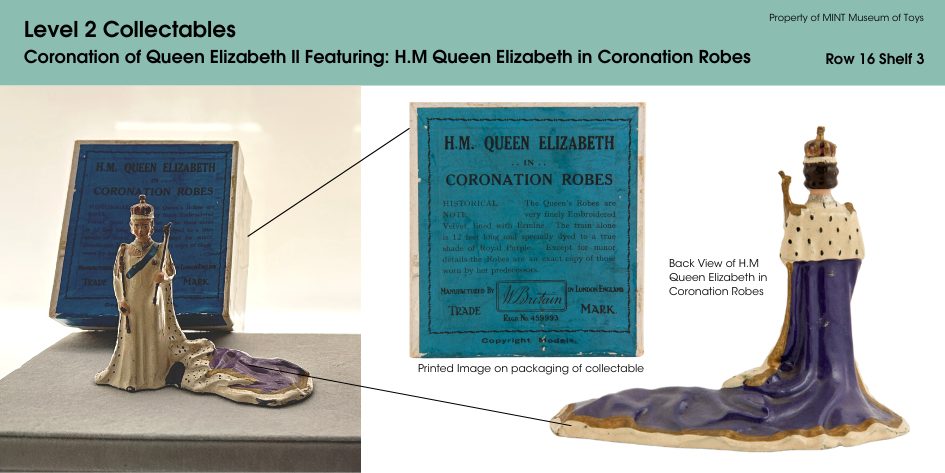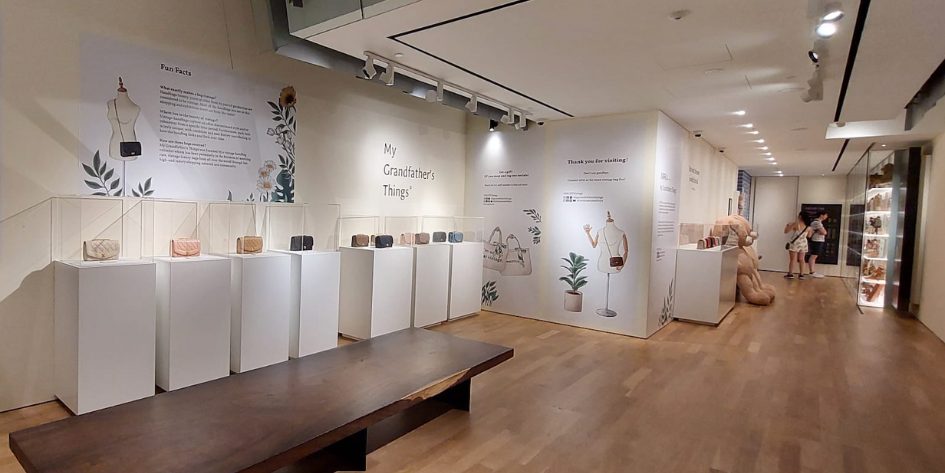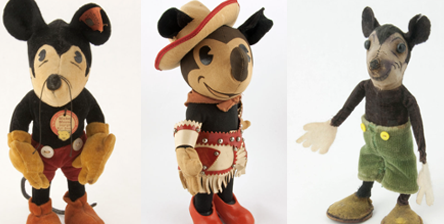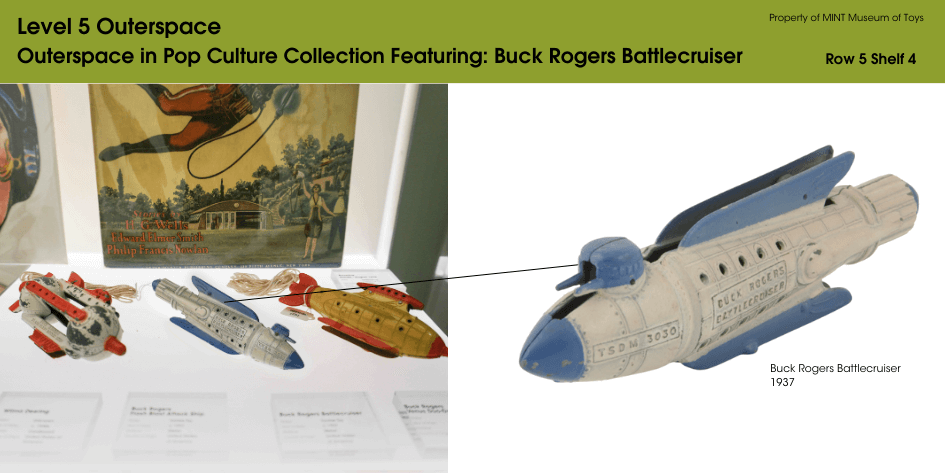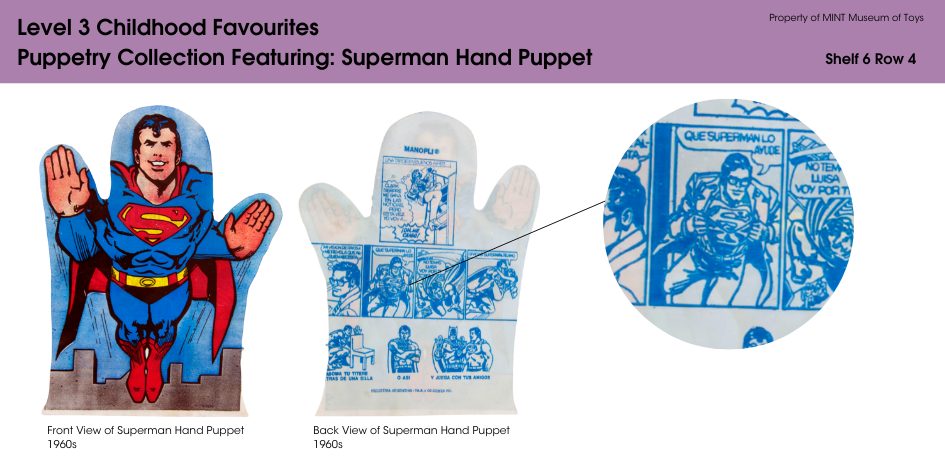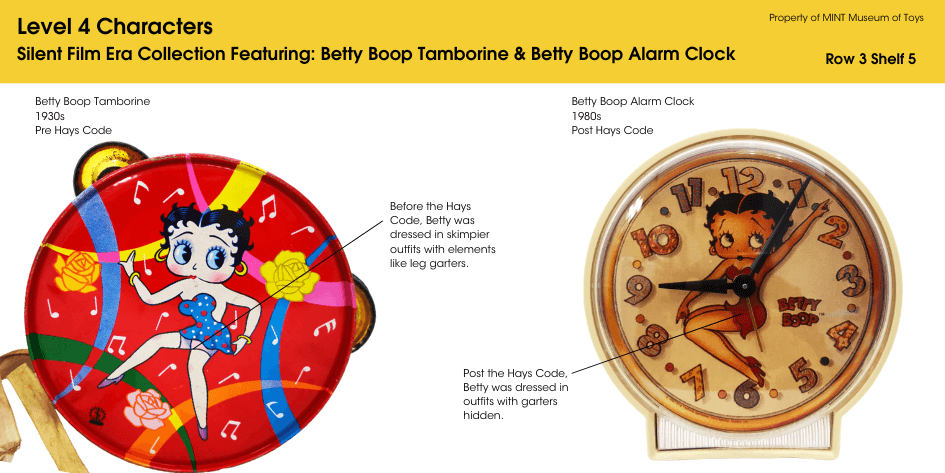Today we’re used to seeing a barrage of movies – live-action, animated, or a mix of both – written specifically for children. Companies like Disney, Pixar, DreamWorks, Universal, and Illumination have become famous worldwide for their endless parade of children’s films and family-friendly films all the way from Snow White (1937) to Sing 2 (2021).
But if we were to travel back in time 100 years, the thought of a children’s entertainment industry would have been laughable. In fact, the concept of a ‘movie’ or ‘cinema’ was only just beginning to come into existence at the time, and it would still take several decades before cinema-going became an everyday activity for the average person.
Journey through the early years of cinema, and discover how the children’s film industry eventually came to be:
1895-1910s: the Early Cinema Experience for Kids
For the first few years of early cinema, children were not the main audience filmmakers were trying to attract. Many films revolved around real-world topics and locations, and were targeted towards adults. Filmmaking was also a costly process and longer or more fantastical films would only become popular later on after advancements such as the British Kinemacolour process (1909) and the growth of national film industries across Europe from 1914 onwards.
Not to mention that kids of that era easily entertained themselves with DIY or outdoor games and toys such as tops, yo-yos, dolls, and card or board games. Radio programs and comic strips were also highly popular amongst children, including franchises such as Buck Rogers and Detective Comics (later DC Comics).
Eventually between 1910-1915, the USA saw a massive proliferation of nickelodeon cinemas. So named because the entrance fee only cost a nickel, nickelodeons bridged the gap between vaudeville and early cinema. Some cinemas only showed films, whereas others interspersed film screenings with vaudeville acts or musical performances.
By 1913, children’s matinees were common in cinemas across the USA and studios were encouraged to make films suitable for a younger audience. Yet despite initiatives by the Motion Picture Producers and Distributors Association (MPPDA) to produce specially edited programmes for kids, it wasn’t until the 1920s that ‘children’s films’ began to emerge.
1920s-1930s: early Children’s Films and their Stars
Popular children’s film genres of the time included short subjects (serial) and cartoons. While these were not seen as ‘proper’ compared to full-scale Hollywood productions, series like the original The Little Rascals (1922-1944) ended up being successful and long-running, and made it clear to studios of the huge commercial value in children’s entertainment.
Gradually more films were produced for child audiences – almost all of which were adaptations of existing fairy tales or children’s stories instead of original plots, such as Heidi (1937) and The Wizard of Oz (1939). Ironically, Hollywood typically avoided casting child stars in films where a child was the main character and opted to cast youthful-looking adults instead. For example, Mary Pickford was 28 years old when she played 11-year-old orphan Pollyanna in the eponymous Pollyanna (1920).

Charlie Chaplin
Maker: Schuco
Year of Make: c. 1920s
Material: Fabric and Lithographed Tin
Country of Origin: Germany
This isn’t to say that there weren’t any child actors. Famous child stars of the time such as Jackie Coogan, Baby Peggy, and Shirley Temple were originally cast in supporting roles alongside adult stars to cater to a wider audience – but later gained media and popular attention for their talents. Jackie Coogan’s role in Charlie Chaplin’s The Kid (1921) turned him into a household name, and Coogan would end up acting all the way into adulthood. Coogan’s popularity was primarily due to his amazing ability to mimic Chaplin – making him the perfect sidekick for a highly independent creator such as Chaplin who always wanted to have sole billing and recognition in his films.
Over time this attitude towards casting would change. Shirley Temple – one of the most famous kid stars of early cinema even today – would even have a feature film Bright Eyes (1934) written specifically to showcase her talents, and she later received a miniature Oscar in 1935 honouring her contributions to Hollywood.
And of course in 1937, Disney’s Snow White and the Seven Dwarfs was released as the first-ever full-length animated movie, marking a turning point in children’s cinema. Children began to emulate their favourite characters such as the Three Stooges, Little Rascals, or Snow White – dressing up as them outside the cinema, and even buying specially-made merchandise.
The commercial success and critical acclaim of these productions (and their assorted memorabilia) cemented the future rise of the children’s entertainment industry – and the rest, as we say, is history.
Discover History through Vintage Toys
The children’s entertainment industry has changed tremendously since the tentative beginnings of early children’s cinema. Today we can even watch an endless assortment of live-action and animated movies in the comfort of home thanks to streaming services like Disney+ and Netflix! Book your tickets and head down to the MINT Museum of Toys in-person to be amazed by our extensive set of Charlie Chaplin vintage toys and memorabilia at our Characters collection on level 4.
See more valuable vintage toys and memorabilia from throughout the years with our virtual museum tours. Explore 2 selected permanent exhibitions – Collectables and Childhood Favourites – through over 100 interactive touchpoints, all from the comfort of home.

